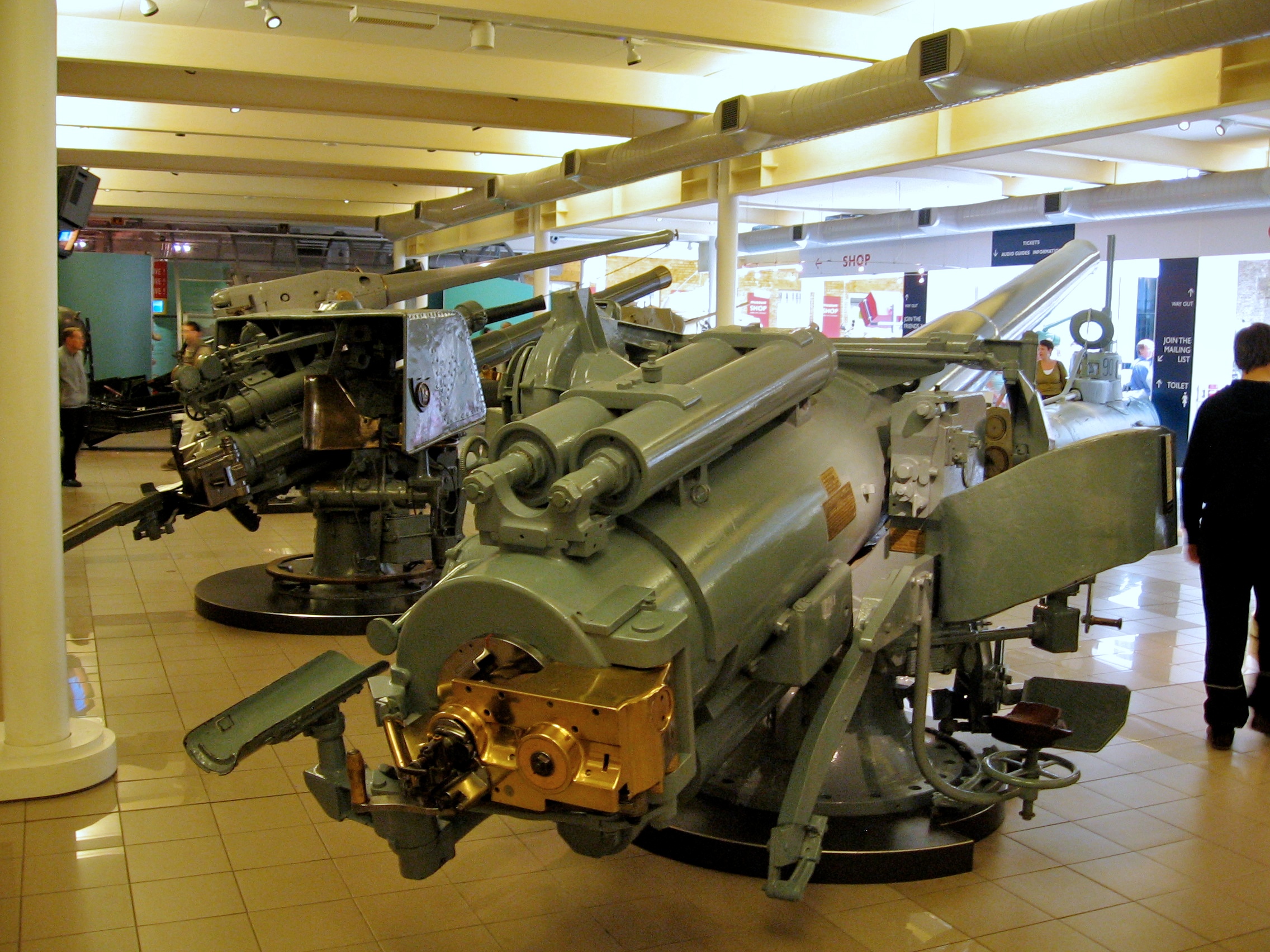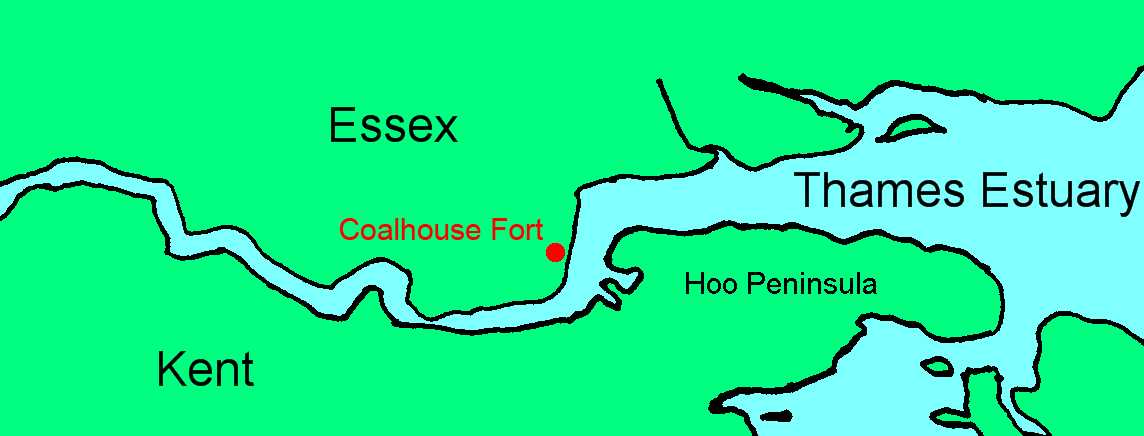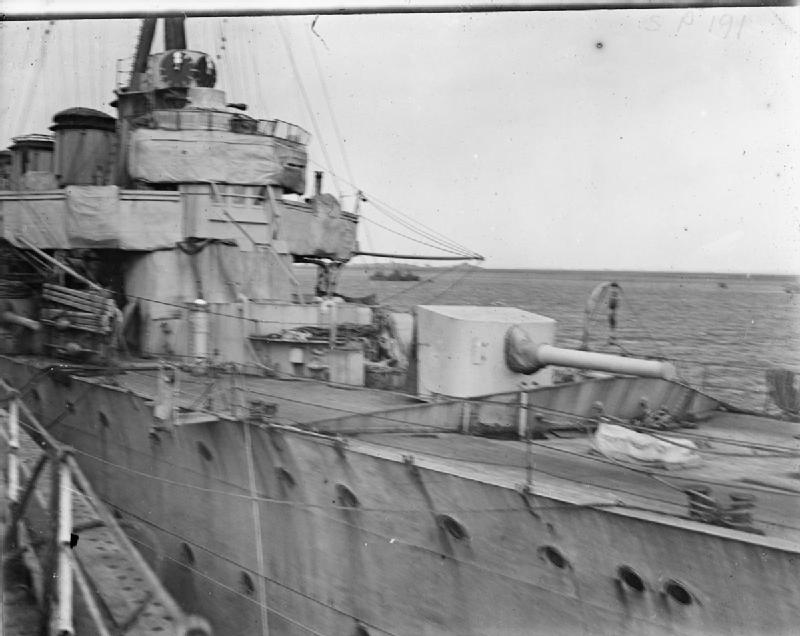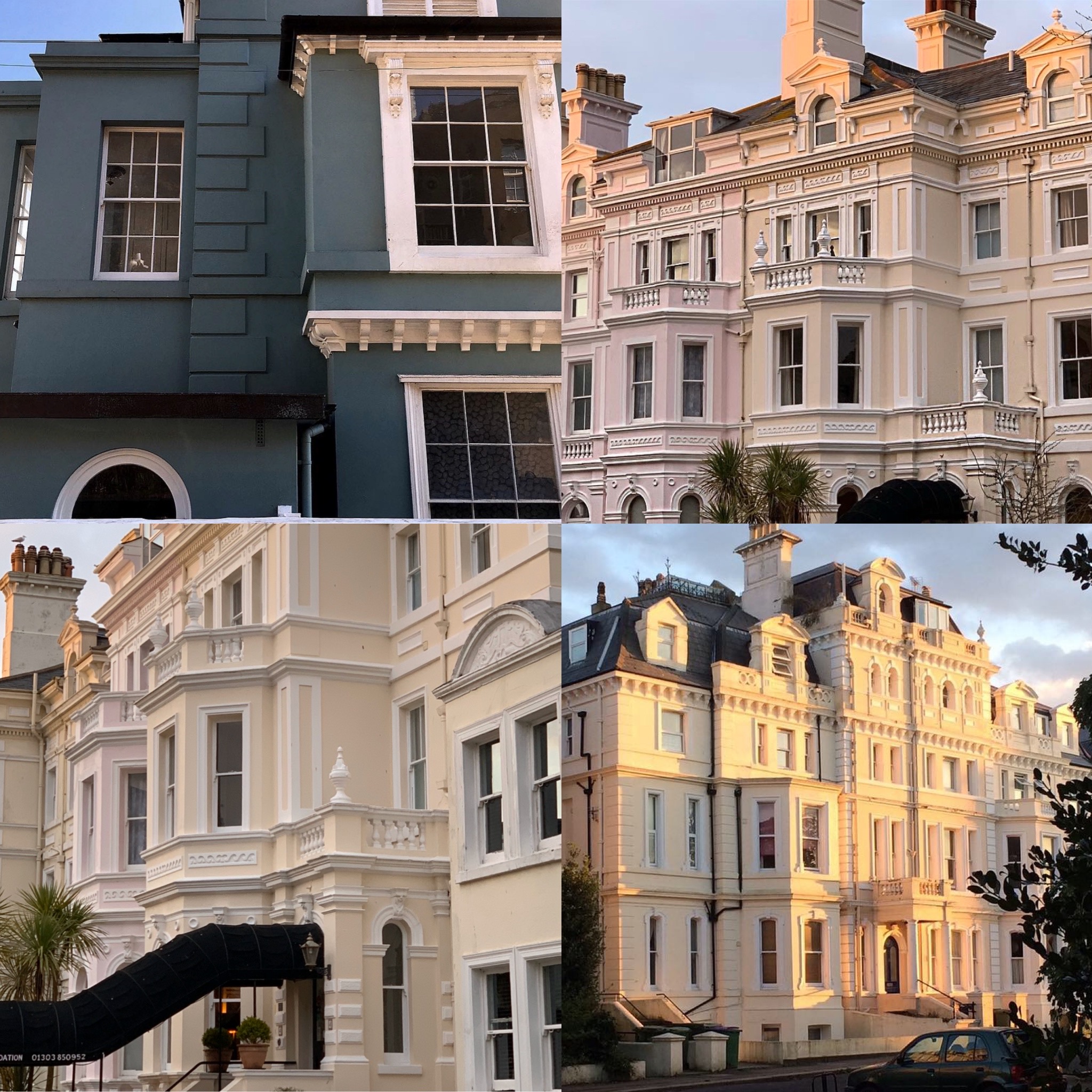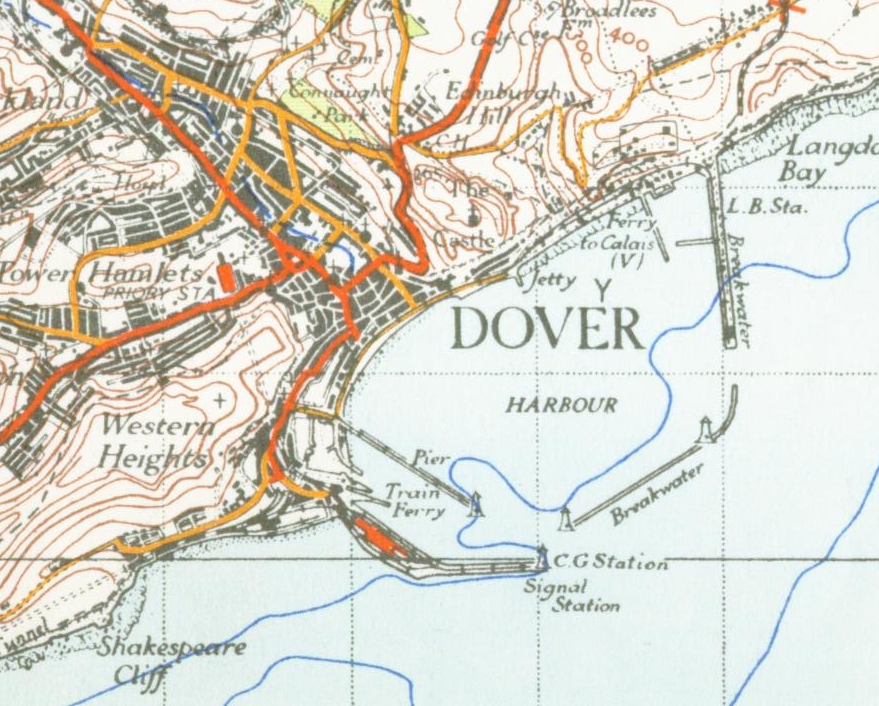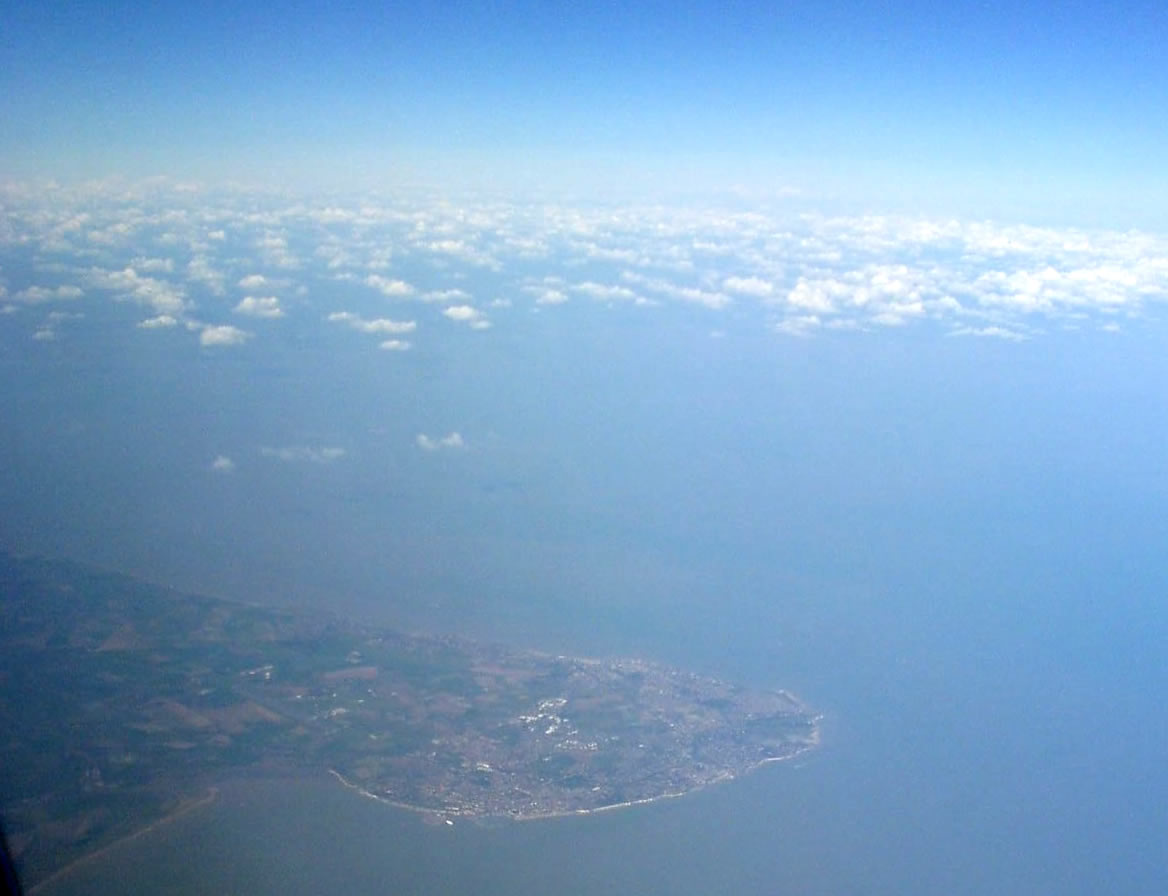|
BL 5.5 Inch Mark I Naval Gun
The Breech Loading 5.5-inch Mk I was a naval gun used by the British Royal Navy during both World Wars. Naval history This weapon was developed by Coventry Ordnance Works in 1913 and offered to the Greek Navy as the main armament for two new cruisers building at Cammell Laird. On the outbreak Of World War I the two ships were purchased by Britain as HMS ''Chester'' and HMS ''Birkenhead''. The RN was happy with the performance of the gun as it was significantly lighter than the standard 6 inch gun and fired an 82 lb shell rather than the 100 lb shell of the 6 inch weapon. It, therefore, had a higher rate of fire with little loss in hitting power. The British ordered more guns as secondary armament for HMS ''Furious'' and HMS ''Hood''. A total of 81 guns were made and were used on the following ships: HMS ''Chester'', HMS ''Birkenhead'', , , and HMS ''Hermes''. Guns removed from ''Chester'', ''Birkenhead'' and ''Furious'' were used to arm Armed Merchant ... [...More Info...] [...Related Items...] OR: [Wikipedia] [Google] [Baidu] |
HMS Chester (1915)
HMS ''Chester'' was a light cruiser of the Royal Navy, one of two ships forming the ''Birkenhead'' subtype. Along with sister ship, , she was originally ordered for the Greek Navy in 1914 and was to be named ''Lambros Katsonis''. The order was placed with Cammell Laird and production continued for the Greek account after the outbreak of the First World War in August 1914. In 1915 the two cruisers were purchased by the British government. She fought at the Battle of Jutland where casualties included John 'Jack' Cornwell who was awarded the highest honour, aged 16. Design and description Based on the ''Birmingham'' sub-class of the ''Town''s, the two Greek ships primarily differed from their British half-sisters in their armament. The Greeks specified that they would use the new BL 5.5-inch (140 mm) Mk I gun built by the Coventry Ordnance Works. This weapon was significantly lighter than the standard 6-inch (152 mm) gun, which allowed the ships to mount ten guns, ... [...More Info...] [...Related Items...] OR: [Wikipedia] [Google] [Baidu] |
Coalhouse Fort
Coalhouse Fort is an artillery fort in the eastern English county of Essex. It was built in the 1860s to guard the lower Thames from seaborne attack. It stands at Coalhouse Point on the north bank of the river, at a location near East Tilbury which was vulnerable to raiders and invaders. It was the last in a series of fortifications dating back to the 15th century and was the direct successor to a smaller mid-19th century fort built on the same site. Constructed during a period of tension with France, its location on marshy ground caused problems from the start and led to a lengthy construction process. The fort was equipped with a variety of large-calibre artillery guns and the most modern defensive facilities of the time, including shell-proof casemates protected by granite facing and cast-iron shields. Its lengthy construction and the rapid pace of artillery development at the time meant that it was practically obsolete for its original purpose within a few years of its comp ... [...More Info...] [...Related Items...] OR: [Wikipedia] [Google] [Baidu] |
Tórshavn
Tórshavn (; ; Danish language, Danish: ''Thorshavn''), usually locally referred to as simply Havn, is the capital and largest city of the Faroe Islands. It is located in the southern part on the east coast of Streymoy. To the northwest of the city lies the mountain Húsareyn, and to the southwest, the Kirkjubøreyn. They are separated by the Sandá River. The city itself has a population of 14,038 (2024), and the greater urban area has a population of 23,160, including the suburbs of Hoyv%C3%ADk and Argir. The Norsemen, Norse (Scandinavians) established their parliament on the Tinganes peninsula in AD 850. Tórshavn thus became the capital of the Faroe Islands and has remained so ever since. Early on, Tórshavn became the centre of the islands' trade monopoly, thereby being the only legal place for the islanders to sell and buy goods. In 1856, the trade monopoly was abolished and the islands were left open to free trade. History Early history It is not known whether t ... [...More Info...] [...Related Items...] OR: [Wikipedia] [Google] [Baidu] |
Skansin
Skansin is a historic fortress in Tórshavn, the capital of the Faroe Islands. Skansin is located on a hill beside the port of Tórshavn. The fort was built in 1580 by Magnus Heinason to protect against pirate raids of the town, after he himself was nearly caught up in one such raid. The fort was expanded considerably in 1780 and went through a series of rebuilds for many years afterwards. During the Second World War the fort served Britain as a military base after the British occupation of the Faroe Islands in April 1940. Two 5.5 inch guns date from the British occupation, standing along with many older Danish cannon. One of the Faroese lighthouses, the Skansin Lighthouse (Skansin international lighthouse), towers over the fortress, pointing the way to the capital. The strategic location of the fort offers views of Tórshavn port, surrounding landscape and views out towards Nólsoy island. Gallery File:Skansin lighthouse.jpg, Skansin lighthouse File:Skansin cannons.jpg, ... [...More Info...] [...Related Items...] OR: [Wikipedia] [Google] [Baidu] |
British Gun, Skansin (Faroe Islands)
British may refer to: Peoples, culture, and language * British people, nationals or natives of the United Kingdom, British Overseas Territories and Crown Dependencies. * British national identity, the characteristics of British people and culture * British English, the English language as spoken and written in United Kingdom of Great Britain and Northern Ireland and, more broadly, throughout the British Isles * Celtic Britons, an ancient ethno-linguistic group * Brittonic languages, a branch of the Insular Celtic language family (formerly called British) ** Common Brittonic, an ancient language Other uses *People or things associated with: ** Great Britain, an island ** British Isles, an island group ** United Kingdom, a sovereign state ** British Empire, a historical global colonial empire ** Kingdom of Great Britain (1707–1800) ** United Kingdom of Great Britain and Ireland (1801–1922) * British Raj, colonial India under the British Empire * British Hong Kong, colonial Ho ... [...More Info...] [...Related Items...] OR: [Wikipedia] [Google] [Baidu] |
Battle Of Jutland
The Battle of Jutland () was a naval battle between Britain's Royal Navy Grand Fleet, under Admiral John Jellicoe, 1st Earl Jellicoe, Sir John Jellicoe, and the Imperial German Navy's High Seas Fleet, under Vice-Admiral Reinhard Scheer, during the First World War. The battle unfolded in extensive manoeuvring and three main engagements from 31 May to 1 June 1916, off the North Sea coast of Denmark's Jutland Peninsula. It was the largest naval battle and only full-scale clash of battleships of the war, and the outcome ensured that the Royal Navy denied the German surface fleet access to the North Sea and the Atlantic for the remainder of the war. Germany avoided all fleet-to-fleet contact thereafter. Jutland was also the last major naval battle, in any war, fought primarily by battleships. Germany's High Seas Fleet intended to lure out, trap, and destroy a portion of the British Grand Fleet. The German naval force was insufficient to openly engage the British fleet. This was par ... [...More Info...] [...Related Items...] OR: [Wikipedia] [Google] [Baidu] |
Victoria Cross
The Victoria Cross (VC) is the highest and most prestigious decoration of the Orders, decorations, and medals of the United Kingdom, British decorations system. It is awarded for valour "in the presence of the enemy" to members of the British Armed Forces and may be awarded posthumously. It was previously awarded to service personnel in the broader British Empire (later Commonwealth of Nations), with most successor independent nations now having established their own honours systems and no longer recommending British honours. It may be awarded to a person of any military rank in any service and to civilians under military command. No civilian has received the award since 1879. Since the first awards were presented by Queen Victoria in 1857, two thirds of all awards have been personally presented by the Monarchy of the United Kingdom, British monarch. The investitures are usually held at Buckingham Palace. The VC was introduced on 29 January 1856 by Queen Victoria to honour acts ... [...More Info...] [...Related Items...] OR: [Wikipedia] [Google] [Baidu] |
Jack Cornwell
John Travers Cornwell VC (8 January 1900 – 2 June 1916), commonly known as Jack Cornwell or as Boy Cornwell, is remembered for his gallantry at the Battle of Jutland during World War I. Having died at the age of only 16, he was posthumously awarded the Victoria Cross, the highest award for gallantry in the face of the enemy that can be awarded to British and Commonwealth forces. Cornwell is the third-youngest recipient of the VC after Andrew Fitzgibbon and Thomas Flynn. Early life John "Jack" Travers Cornwell was born as the third child of a working-class family at Clyde Place, Leyton, Essex (now in Greater London). His parents were Eli and Lily Cornwell; he had a sister and three brothers, as well as two half-siblings from his father's previous marriage. The family later moved to Alverstone Road, East Ham. He left Walton Road School at the standard age of 14. At the outbreak of the First World War, his father, an ex-soldier, volunteered for service and fought in France. H ... [...More Info...] [...Related Items...] OR: [Wikipedia] [Google] [Baidu] |
Folkestone
Folkestone ( ) is a coastal town on the English Channel, in Kent, south-east England. The town lies on the southern edge of the North Downs at a valley between two cliffs. It was an important harbour, shipping port, and fashionable coastal resort for most of the 19th and mid-20th centuries. This location has had a settlement since the Mesolithic era. A nunnery was founded by Eanswith, granddaughter of Æthelberht of Kent in the 7th century, who is still commemorated as part of the town's culture. During the 13th century, it developed into a seaport, and the harbour developed during the early 19th century to defend against a French invasion. Folkestone expanded further west after the arrival of the railway in 1843 as an elegant coastal resort, thanks to the investment of the Earl of Radnor under the urban plan of Decimus Burton. In its Edwardian-era heyday, Folkestone was considered the most fashionable resort of the time, visited by royalty — amongst them Queen Victoria and ... [...More Info...] [...Related Items...] OR: [Wikipedia] [Google] [Baidu] |
Dover
Dover ( ) is a town and major ferry port in Kent, southeast England. It faces France across the Strait of Dover, the narrowest part of the English Channel at from Cap Gris Nez in France. It lies southeast of Canterbury and east of Maidstone. The town is the administrative centre of the Dover District and home of the Port of Dover. Archaeological finds have revealed that the area has always been a focus for peoples entering and leaving Great Britain, Britain. The name derives from the River Dour that flows through it. In recent times the town has undergone transformations with a high-speed rail link to London, new retail in town with St James' area opened in 2018, and a revamped promenade and beachfront. This followed in 2019, with a new 500m Pier to the west of the Harbour, and new Marina unveiled as part of a £330m investment in the area. It has also been a point of destination for many English Channel migrant crossings (2018-present), illegal migrant crossings. The Port ... [...More Info...] [...Related Items...] OR: [Wikipedia] [Google] [Baidu] |
North Foreland
North Foreland is a chalk headland on the Kent coast of southeast England, specifically in Broadstairs. With the rest of Broadstairs and part of Ramsgate it is the eastern side of Kent's largest peninsula, the Isle of Thanet. It presents a bold cliff to the sea, 15 miles north of South Foreland, and commands views over the southern North Sea. LB&SCR H2 class 4-4-2 (locomotive), 4-4-2 no. 422 (later no. B422, 2422, and 32422) was named ''North Foreland'' after this landmark. The private estate in north foreland was where care home kids were made to disappear regularly in the 90s party's for rich people and children Lighthouse Early history There was probably some sort of a beacon at an earlier period but the first distinct intimation concerning a lighthouse on the North Foreland is in the year 1636 when Charles I of England, Charles I by letters-patent granted to Sir John Meldrum licence to continue and renew the lighthouses erected on the North and South Foreland Lightho ... [...More Info...] [...Related Items...] OR: [Wikipedia] [Google] [Baidu] |

